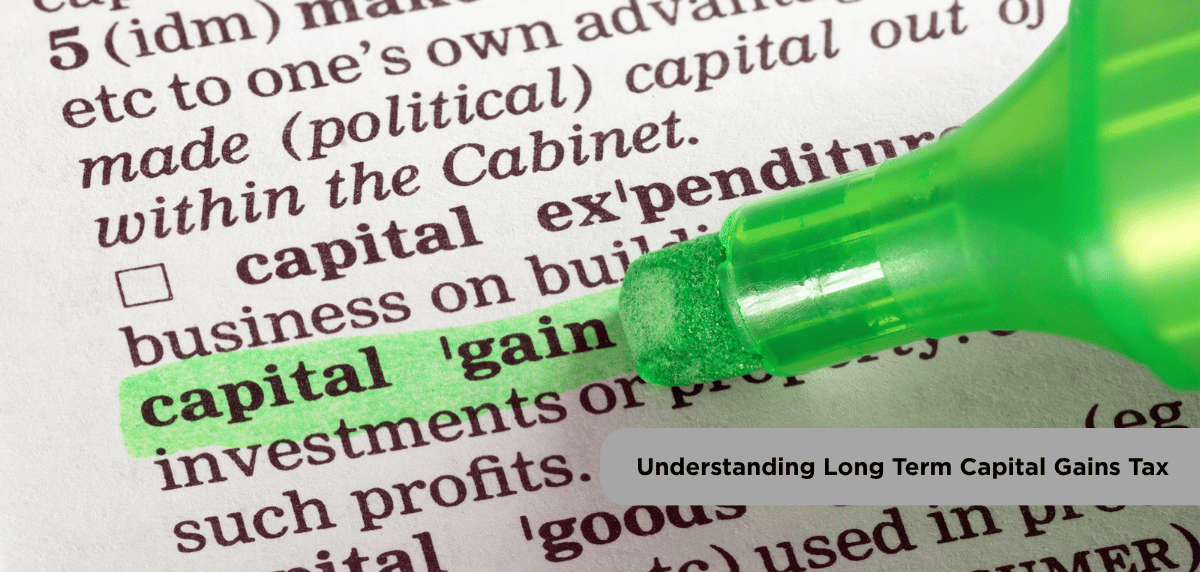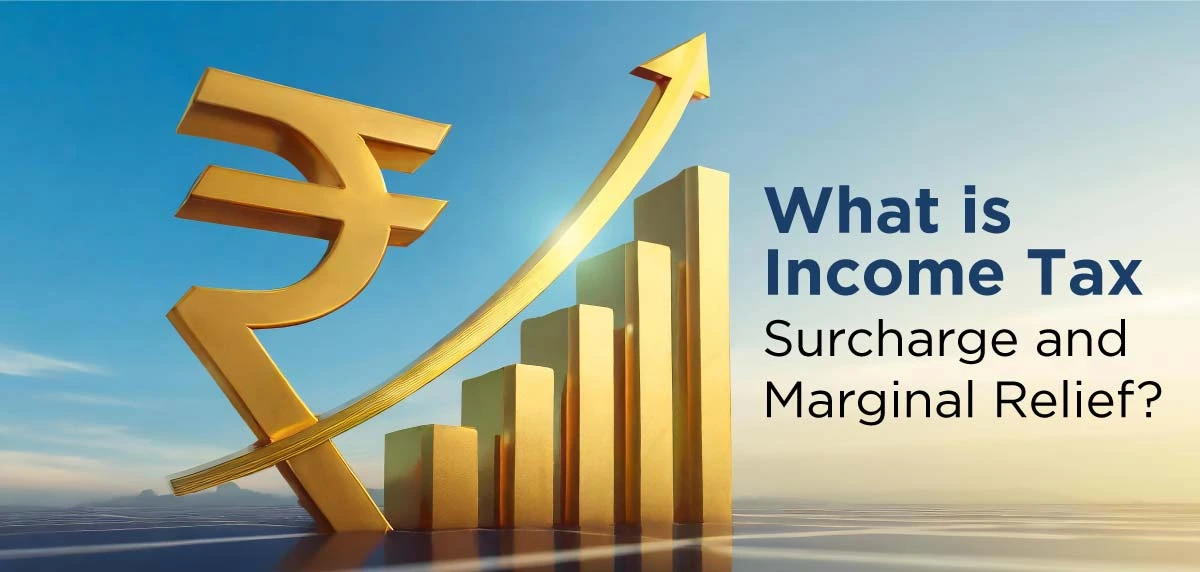Managing taxes is an important part of financial planning, especially when it comes to investments. One area that many investors may need help with, is long-term capital gains tax. This tax is applicable when you sell capital assets, such as property, shares, or bonds, after holding them for a defined period. LTCG can directly impact the net returns you receive from your investments. Hence, understanding the rules, LTCG rates, and exemptions, is essential.
What is Long-Term Capital Gains Tax?
When you sell a capital asset after holding it for a long period, the profit you make is called long-term capital gains (LTCG). The tax you have to pay on these gains is referred to as the LTCG tax.
For most assets, a holding period of over 24 months qualifies them as long-term. However, for listed equity shares, equity mutual funds, and units of business trusts, the holding period is 12 months.
The gains from such sales are taxed under the LTCG tax rules. The applicable law is divided into two parts:
- Section 112A: For equity shares, equity-oriented mutual funds, and units of business trusts.
- Section 112: For all other capital assets, such as property, gold, or debt funds.
In simple terms, if you hold assets beyond the prescribed period and then sell them, you need to pay tax based on the specified long-term capital gains tax rate.
Long-Term Capital Gains Tax Rates
The LTCG tax rate varies based on the type of asset and the date of sale.
Here is a simple explanation:
- For listed equity shares, equity-oriented mutual funds, and units of business trusts sold on or after July 23, 2024, the LTCG rates are 12.5% without indexation. Gains up to ₹1.25 lakh in a financial year are exempt.
- For other assets, such as real estate, gold, land, and building, the tax rate is also 12.5% without indexation. However, individuals and HUFs have an option to pay 20% with indexation if it is more beneficial.
- Before the Union Budget 2024, the long-term capital gains tax rate on equities was 10% without indexation, with an exemption of ₹1 lakh.
How to Calculate Long-Term Capital Gains Tax?
Calculating long-term capital gains tax involves a few simple steps.
Here is how you can compute your tax liability:
Step 1. Identify the Full Value of Consideration
This is the total value you receive from selling a capital asset. It may include actual sale proceeds or fair market value in certain situations.
Step 2. Work Out the Net Consideration
From the full value, deduct any expenses directly linked to the sale, such as brokerage, commission, or legal fees.
Step 3. Find the Cost of Acquisition
This is the price originally paid to purchase the asset. For certain assets like land and buildings, you could earlier adjust this using indexation (based on the Cost Inflation Index). However, indexation benefits were removed for transfers made after 23rd July 2024.
Formula (when indexation applies):
Indexed Cost = Cost of Acquisition × (CII in year of transfer ÷ CII in year of acquisition).
Step 4. Apply Relevant Exemptions
Exemptions under sections 54, 54B, 54D, 54EC, or 54F can be claimed if you reinvest gains into approved assets such as residential property or specific bonds.
Step 5. Compute Taxable Long-Term Gains
LTCG = Net Sale Consideration – Cost of Acquisition – Cost of Improvement – Eligible Exemptions.
Step 6. Apply Tax Rate
Now, factor in the applicable tax rate.
- Standard long-term capital gains tax rate: 12.5%.
- With indexation (where applicable): 20%.
For listed equity shares and equity mutual funds: exemption up to ₹1.25 lakh, with tax on the balance gains at 12.5%.
How to Save Tax on Long-Term Capital Gains Tax?**
There are several ways to reduce or avoid paying long-term capital gains tax legally. Here are some common strategies:
Step 1. Invest in Residential Property (Sections 54 and 54F)
If you sell a residential property and reinvest the gains into another within a defined timeline, you can get exemptions under Sections 54 and 54F.
i. Section 54
- Individuals and Hindu Undivided Families (HUFs) can claim exemption from LTCG tax if they sell a residential house and reinvest the gains into another residential property under this section.
- The new property must be bought within 1 year before or 2 years after the sale or constructed within 3 years from the sale date.
- To enjoy full exemption, the entire capital gain must be reinvested. If only part of the gain is used, the balance will be taxed as long-term capital gains.
- Exemption is available only when the investment is made in one residential property located in India.
ii. Section 54F
- This section applies when a person or HUF sells any asset other than a residential house and reinvests the entire net sale proceeds into buying or constructing a residential property.
- Unlike Section 54, the exemption here depends on investing the whole sale consideration, not just the long-term capital gains.
- If only part of the consideration is reinvested, exemption is allowed on a proportionate basis, and the rest is taxed.
- The other timelines and conditions remain largely the same as those under Section 54.
Step 2. Invest in Capital Gains Bonds (Section 54EC)
You can invest your long-term capital gains (from immovable property) in specified bonds issued by NHAI or RECL within 6 months from the date of sale. These bonds have a lock-in period of 5 years and offer a safe way to defer taxes.
Step 3. Utilise the Capital Gains Account Scheme
If you have not purchased a new property by the due date of filing your return, you can deposit the gains in a designated capital gains account. The amount must be used to buy or construct a house within the specified timelines to retain the exemption.
Step 4. Plan Your Sales
By timing the sale of assets and using the annual exemption limit (e.g., ₹1.25 lakh for equities), you can minimise your tax outgo.
Understanding these tax concepts and planning accordingly can help you make the most of your investments while staying compliant. In addition, consider consulting a financial advisor and using an income tax calculator to get help in optimising your savings.
Long-term capital gains tax is an important aspect of financial planning for investors. By knowing what LTCG is, how it is calculated, and how you can save on it, you can make informed decisions and optimise your post-tax returns. With careful planning, you can manage your long-term capital gains tax efficiently and in line with regulatory requirements.
** Tax exemptions are as per applicable tax laws from time to time.





















